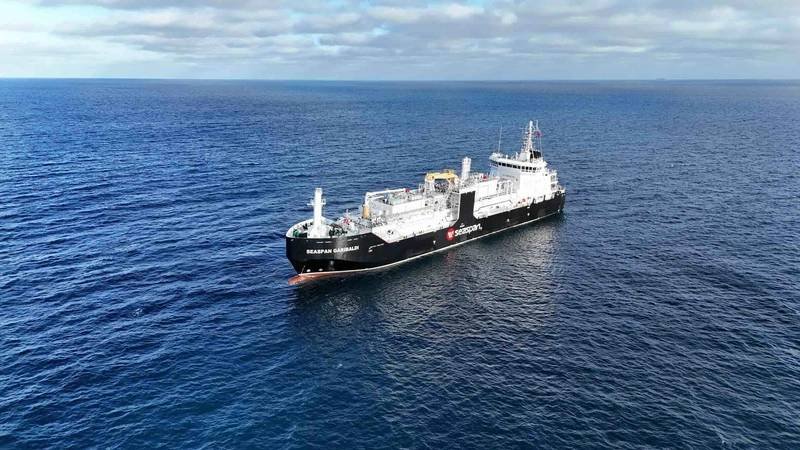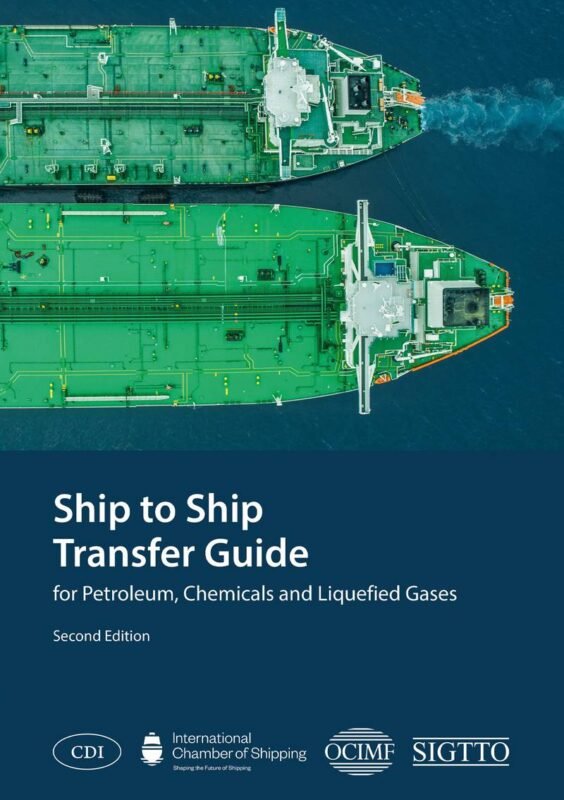The UK is planning a demonstration project to retrofit an existing crew transfer vessel (CTV) into the world’s first Electric Crew Transfer Vessel (E-CTV). The vessel, known as Ginny Louise and built in Spain in 2011, will be converted to operate entirely on electric power, replacing its combustion engines with a 100 percent emissions-free solution. The project was selected as a leading-edge initiative in decarbonization by the UK government.
The retrofit will involve replacing the old propulsion system with a Quad Installation of Volvo Penta IPS 30 paired with fully electric motors and over 2 MW of onboard battery capacity. The vessel will also be equipped with new technology, including Volvo Penta’s Joystick Control and Glass Cockpit System, for improved maneuverability and a smoother driving experience. A new charging infrastructure will be installed to increase the vessel’s range and operational time.
The project, estimated to cost £8 million, is being funded by the UK government’s Zero Emissions Vessel and Infrastructure (ZEVI) program. The vessel, once converted and renamed e-Ginny, will support crew transfers at an offshore UK wind farm for three years. The project involves collaboration between Tidal Transit, Goodchild Marine Services, Artemis Technologies, MJR Power & Automation, and key equipment suppliers like Volvo Penta, Danfoss, and Corvus Energy.


















